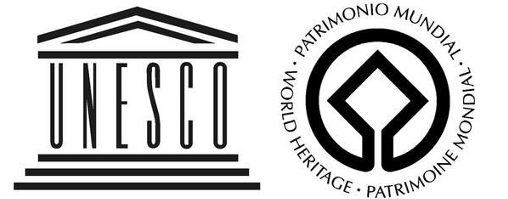
Fez, a UNESCO World Heritage
Morocco City of mother, oldest imperial cities, guardian of the faith, spiritual capital, cultural, artistic and scientific, qualifiers do not fail to express the richness and beauty of this fascinating city. Historic and authentic space the medina of Fez preserves embedded in its walls and mazes of Moroccan heritage.
City memory with a thousand facets, Fez has many religious buildings (mosques, mausoleums, temples, synagogues etc.) and a large number of historical monuments (borjs, madrasas, fondouks, riads etc.).
It houses among others, the first university in the Arab world: the mosque, Al Karaouine university library, which was built in 857 a rich heiress Kairouanaise, Fatima Al Fihri Listed as World Heritage of Humanity in its own right by UNESCO since 1981, this "museum city" has maintained, over time, its traditions. It is able to offer its guests a real journey of the senses: a historical culture, an immutable authenticity a renowned gastronomy, a rich and varied heritage both tangible and intangible, etc. An experience and renewing the city and its regions. Due to its geographical location at the crossroads of cultures and civilizations and its historical force through which the Arab-Andalusian influences, Fez was the calibration of a diverse culture in all fields: architecture, philosophy and theology, crafts, food, music, science, etc.
Built in 789 by Idriss I, Fez is the oldest medieval cities in the Muslim world and today one of the largest medinas among the best preserved in the world. More than 9000 winding streets that compose constitute a plan of urbanism unchanged since the twelfth century where daily life continues to be punctuated by the ceaseless activity of artisans and traders. Fez remains a multicultural space where different cultures coexist forever. In Berber, Fes welcomed Arab, Andalusian, and more recently western (Franco-Spanish protectorate). Muslim, Jewish, and more Christians have lived together in tolerance and harmony. This is where began the dialogue of civilizations this city meetings populations.
This is by participating in many cultural events programmed (Festivals moussems, concerts, conferences, etc.) and via the various circuits of the medina that you can measure all the cultural wealth of the medieval city.




